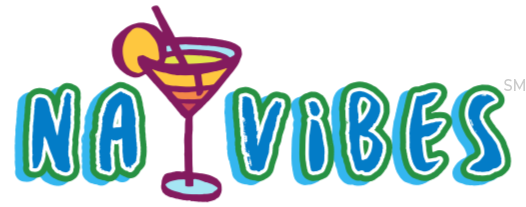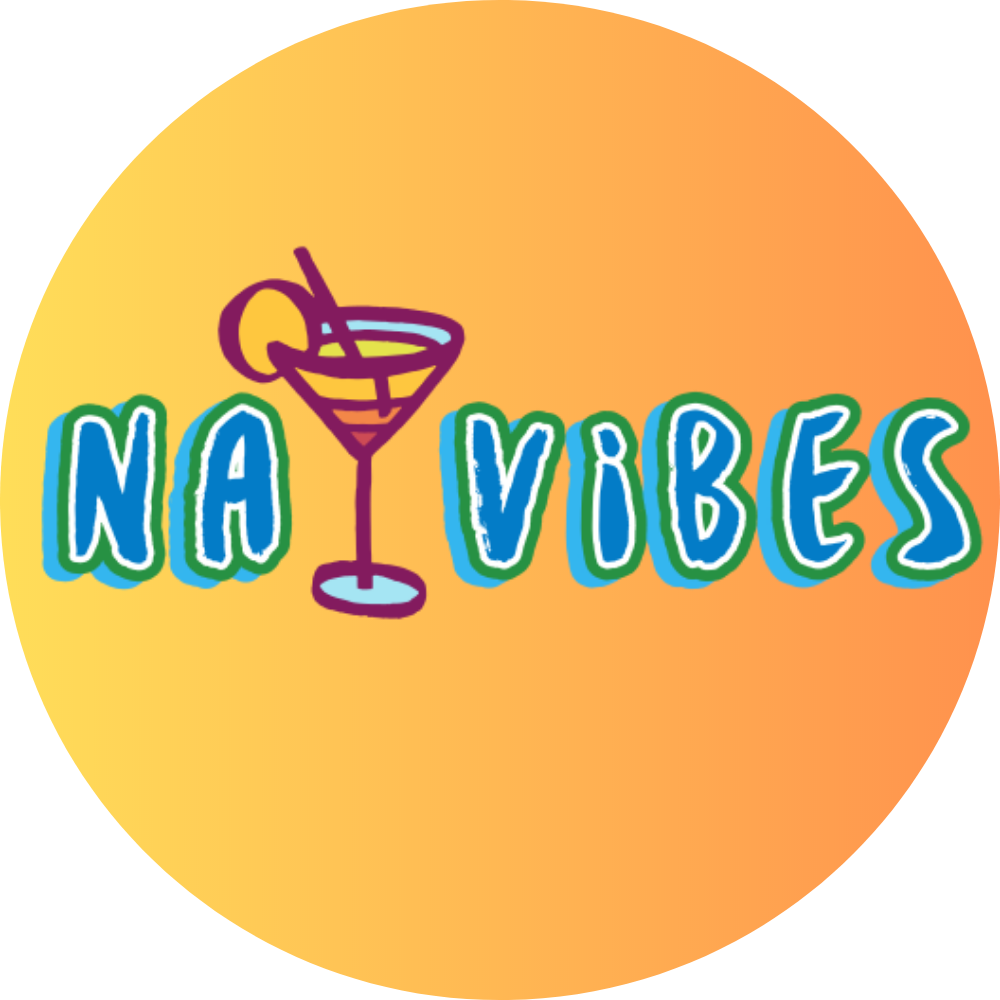How Germany Became a Leading Innovator (and Consumer) of Non-Alcoholic Beer
- Trish Silverman
- Mar 30, 2023
- 5 min read
By Will Hawkes for VinePair | March 29, 2023

The Lucky Saint, a new pub in central London, has all the British trappings you’d expect, from cask ale pumps to dark-wood fittings. At the heart of the pub, though, is a beer that deviates significantly from local tradition: an unfiltered, non-alcoholic lager, also called Lucky Saint.
The pub is a monument to the brand’s success. In 2022, according to figures from British hospitality publication The Morning Advertiser, the beer saw year-on-year volume growth of more than 1,200 percent, and recently attracted £10 million ($12 million) in investment. It’s perhaps British beer’s biggest current success story — but the liquid is all German, having been brewed in Bavaria.
As British drinkers are discovering, Germany is the home of non-alcoholic beer. According to the Deutscher Brauer-Bund, the German brewers’ association, around 10 percent of all beer consumed in Germany will soon be non-alcoholic. There are more than 700 brands on the market, taking in a variety of styles, traditional and modern. Much of the best technology to make non-alcoholic beer is produced in Germany, too, and an intensive culture of research and analysis is driving standards ever higher.
From the biergarten to the supermarket, non-alcoholic beer has become utterly normal in Germany. Other places — notably the Middle East and Spain — may drink as much non-alcoholic beer, but nowhere else can match the range and quality available in Germany. How did this happen? The story of how non-alcoholic beer became such a German speciality is fascinating and, perhaps, instructive as the United States’ own non-alcoholic market starts to grow.
A Tradition of Moderation
Non-alcoholic beer’s German history extends back into the 19th century, but the modern era began in 1972, east of the Berlin Wall. The Engelhardt brewery in the German capital produced AUBI, a beer that — as the name, an abbreviation of Autofahrer beer or Motorist Beer, makes clear — was aimed at drivers, particularly those in wealthy West Germany.
It gained some traction and, in an era when German beer sales were declining, attracted a handful of West German imitators. But at that stage the German market wasn’t ready for non-alcoholic beer, and products came and went. Clausthaler, launched in 1979 and still available in Germany and the U.S., is the only brand remaining from that era.
The next big step forward came in the early 1990s. At that time non-alcoholic beer was experiencing a brief period of popularity around the world, but it stuck in Germany — perhaps thanks to the arrival of a number of non-alcoholic wheat beers, such as Erdinger, which offered flavors strikingly similar to the full-alcohol versions and which, brewers claimed with some justification, had isotonic benefits.
The most recent wave has come in the past 15 years. Big-brand pilsners and wheat beers, which have dominated the German non-alcoholic market for two decades, are now being challenged by a new breed of excellent quality pale lagers, and, increasingly, pale ales and other styles. Breweries of all kinds now make non-alcoholic beer in Germany, from the historic Hofbrau in Munich to small craft breweries such as BRLO in Berlin. Sales of non-alcoholic beer have doubled since 2007, to 680 million liters in 2021.
No brewery has ridden this recent surge better than Stortebeker, a “speciality brewery” (Germans don’t use the term “craft brewer”) based in Stralsund in northeastern Germany. It has grown tenfold over the past decade or so and now makes around 35 million liters a year, according to Jens Reineke, head of research and development. Twenty-five percent of that is alcohol-free: a wheat beer, an unfiltered pale lager, and a pale ale, Atlantik-Ale, the most popular of the lot.
It was introduced in 2018 after Reineke spent two years developing the beer. “All my brewer friends told me that it was a stupid idea, that nobody would want it in Germany,” he says. “But it’s getting more and more popular and I think it’ll be our No. 1 product within the next few years.”
Restrictions and Innovations
Stortebeker’s method is unusually complex, according to Reineke, but in one sense it hews closely to convention. Atlantik-Ale is a blend of three parts: dealcoholized beer (produced using vacuum distillation), beer that has undergone a stopped fermentation, and a few drops of the equivalent standard-ABV beer. The resulting non-alcoholic beer has the key aroma and flavor components intact, according to Reineke.
Blending like this is common in German brewing, although smaller brewers often use a yeast that does not ferment maltose. At Weihenstephan, the Bavarian state brewery, for example, a small amount of full-strength beer is added to 0.0 percent ABV beer to restore lost flavor and aromas. Others mix dealcoholized beer with beer brewed using a biological method, where the yeast can only produce a small amount of alcohol. “We’re seeing more and more breweries combining those two methods to produce more harmonious beer,” according to Ben Palmer, a research assistant at brewing institute VLB Berlin.
It’s a good example of how — despite the restrictions inherent in the Reinheitsgebot, Germany’s beer purity law — innovation is possible, and, in fact, how this constraint has forced brewers to seek improvements in other areas, particularly non-alcoholic beers. If you can’t take a shortcut, German brewers say, you have to really understand your beer in order to improve it. “It’s not the easiest way, but it’s the German way,” says Reineke.
German breweries also have access to a wide variety of high-quality equipment. Stortebeker’s dealcoholization equipment is made by Corosys in Hofheim near Frankfurt, and there are plenty of other options, including kits made by GEA, based in Dusseldorf, and API Schmidt-Bretten in Baden-Württemberg. It’s not cheap: The British brewery Adnams, for example, spent £500,000 ($600,000) on GEA’s AromaPlus Membrane Dealcoholization Unit after seeing it in action at Andechs, just outside Munich, in 2018.
Researchers in Germany are also leading the way in the understanding of non-alcoholic beer. Palmer is part of a team investigating flavor stability and colloidal stability (a beer’s ability to remain in the same form, visibly and texturally, despite external changes in temperature) in non-alcoholic beer, funded by the German Federal Ministry for Energy and Climate Change. The aim is to broaden knowledge in the brewing industry by looking into unexplored areas: “As far as we know, there’s not been anything published on this [area] before,” Palmer says.
From Sport to Export
German non-alcoholic beer has often been as imaginatively marketed as it is researched and brewed. Erdinger is a good example: Its alcohol-free wheat beer (advertised as “The Sporty Thirst Quencher”) is promoted as a key part of a healthy lifestyle, most notably in the promotion of the Erdinger Active TEAM, a group of triathletes sponsored by the brewery and clad in fetching blue lycra.
That Erdinger Alkoholfrei is a healthy choice has proven a compelling message. “That has been the key for the success of the product,” says Felix Durchdewald, head of sales and marketing at Erdinger. “Nobody had done that before.” Plenty have done it since, however, and the idea of a non-alcoholic beer after sporting activity has become part of ordinary German life.
Erdinger has also discovered that non-alcoholic beer has a different market from its full-strength counterpart. “They’re actually two completely different markets,” says Durchdewald. More women drink the non-alcoholic, he says, although still fewer than they’d like. New products, flavored with grapefruit and lemon, were introduced to tackle that and “it worked very well.”
Read full article: https://vinepair.com/articles/germany-non-alcoholic-beer/




Comments